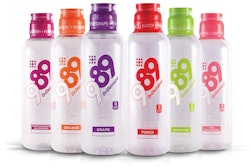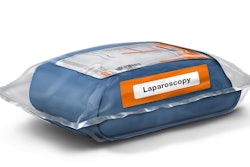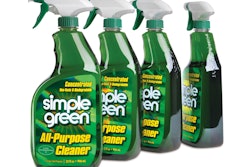
Let’s be clear: The metal food and beverage can is not dead, though the casual observer of the U.S. packaging market could be forgiven for thinking so. Challenged? Yes. Dead? No.
After all, the casual observer might ask: “Haven’t PET bottles taken a big swallow of the U.S. drinks market? And aren’t we seeing more traditionally canned food products popping up on shelves in rigid plastic containers and flexible packages of one sort or another?”
The answer to the first question is, “not really.” While U.S. beverage can shipments have been declining ever so slightly in the last several years, most analysts think cold weather, not the onslaught of PET, is what’s tamping down bevcan shipments, which nevertheless stand at slightly less than 100 billion cans a year—just about where they were 5, 10, 20 years ago. We’re also shipping about 30 billion food cans a year, in the same neighborhood as our late 20th century volume.
Over the last 40 years, food packaging conventions have switched from preserving individual meal components to presenting fresh complete meals. As this trend advances, the can continues to be challenged by lighter, more distinctive packages that entice consumers to consume their contents directly from the containers. The latest barrier plastic food containers out of Europe are table-ready retorted casserole dishes from French food marketer William Saurin. The containers are thermoformed of polypropylene/ethylene vinyl alcohol/polypropylene by RPC Bebo Plastik and conduction sealed with a polypropylene/nylon/aluminum oxide/polyethylene terephthalate peel-off film lid. It remains to be seen if this new format in plastic can successfully challenge that category stalwart known as a metal can of stew.
The universal quest for sustainable packaging options has packagers looking for lightweight containers. And that’s a challenge for cans. Only glass containers are heavier than cans for an equivalent product volume. In this quest for lighter packaging, packed fruit is a sector with one of the most visible erosions of can share.
Another change force working against cans is exceedingly long product life. Cans can and do extend product lives longer than any rigid plastic or flexible packaging alternatives. But longer distribution + shelf + pantry life isn’t driving food packaging procurement patterns the way it once did. Who needs a container that wlll hold a product for up to 10 years when the typical product journey from point of production to point of consumption takes less than two years?
And worrisome questions continue to be asked about a chemical component in the epoxy linings used in most food and beverage cans. While industry and government scientists generally agree that bisphenol A (the chemical in question) is safe, the consuming public harbors a healthy skepticism about what corporations and governments fail to say about what’s good for consumers.
In the final analysis, the greatest challenges facing the can may be its invisibility on the shelf. It is the quintessential standard packaging format—straight-walled, cylindrical footprint, familiar width-to-height ratios. It’s a format that leads all others in advancing the art and practice of printing and decorating, yet it’s still thought of by many as “The Old Grey Mare.”
But perhaps that is changing.
Two recent introductions—Budweiser’s pinch-waist aluminum “bowtie” can, and French vegetable packer Bonduelle’s lightweight, smooth-walled, nitrogen-dosed steel cans—are both breaking new ground in canmaking. The Budweiser bowtie can, though it’s heavier and holds only 11.3 ounces (vs. the 12 ounces in a conventional beer can), would be a shelf standout if only they didn’t hide eight of the distinctively curvaceous containers in a full wraparound paperboard carrier.
Bonduelle’s newest cans, developed by Ardagh Group, use 15% less metal, have no strengthening ribs around their walls, and employ a nitrogen dosing technique used by still juice packers to prevent the cans from imploding as they emerge from the retort. Aesthetically, the smooth walls result in a smoother than normal label facing, something Bonduelle hopes will draw consumers to their veggies.
With its 200-year history of use, the metal can has had time to extract more production and filling line efficiencies than any of its packaging challengers. With advances like those introduced by Budweiser and Bonduelle, the metal can is in a stronger position to address the challenges ahead.
About the author: Ben Miyares, Packaging Sherpa, is a packaging market and technology analyst and is president of The Packaging Management Institute, Inc. He can be reached at [email protected].

























